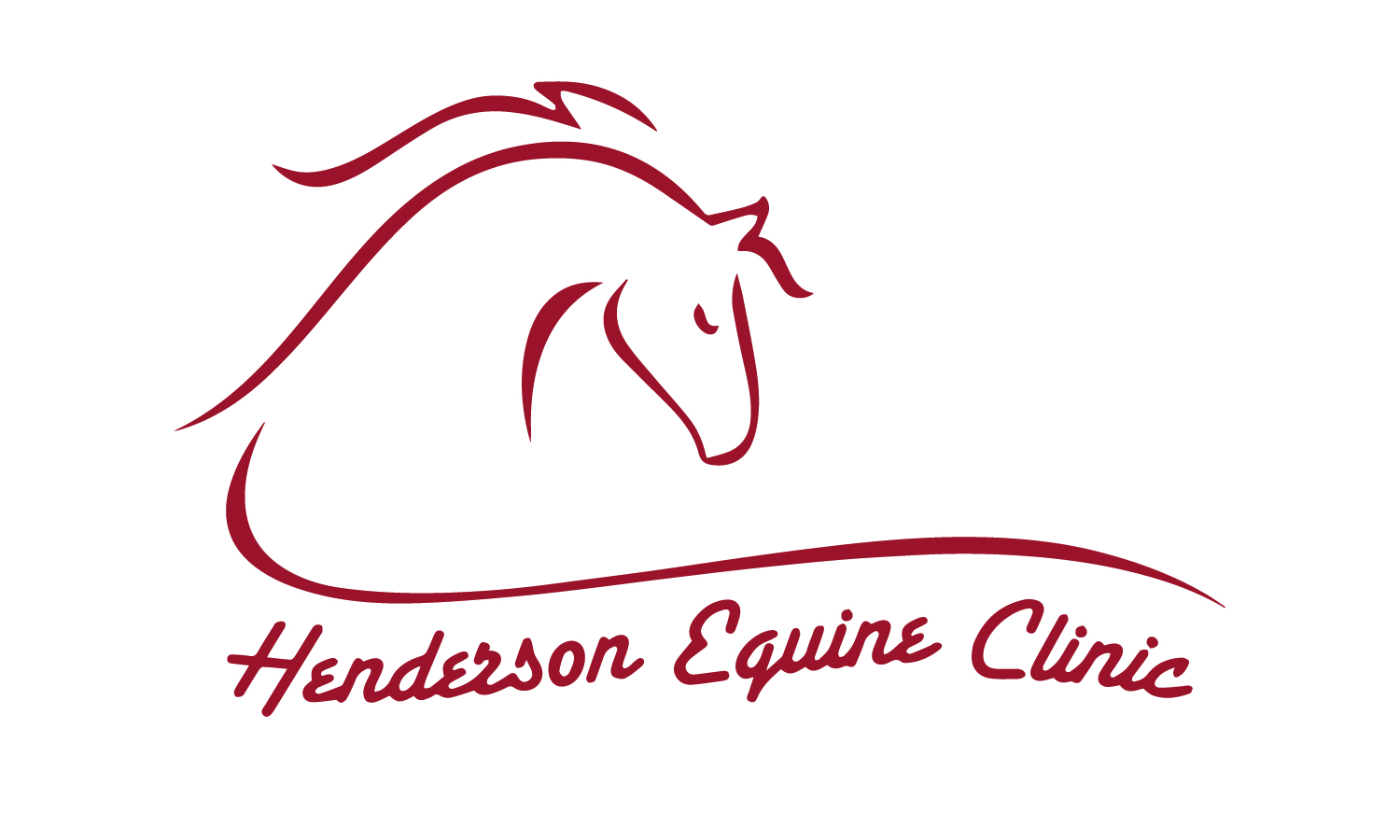Raising Your New Foal
Congratulations on your new foal! There are a lot of opinions on the proper way to give foals the best start to life, and there is no ‘perfect’ answer. However, we’ve put together a few guidelines that we tend to recommend for most foals to help answer some of your burning questions. If there’s any topics you’d like to see added here, let us know!
New Foal Vaccine Series
Like human babies, foals need a series of booster vaccines to help give them a healthy start to life. Because we try to protect the foal from a wide variety of diseases without overloading the foal’s immune system, planning a vaccination schedule can be daunting. There’s no ‘one right’ vaccination schedule, but the vets at Henderson Equine have designed the following schedule using AAEP guidelines to help simplify the process. The timing of the “annual” vaccines after this initial series is based roughly on the timing of the last booster dose of each vaccine.
Note: Even f you followed our broodmare management guidance and boostered the dam just prior to the foal’s birth, her colostrum provides the foal with immunity for just the first few months of its life, so the following schedule still applies to your foal.
4-5 Month: Eastern/Western Equine Encephalitis (Initial), Tetanus (Initial)
6 Month: Rabies (Initial), Eastern/Western Equine Encephalitis (Booster 1), Tetanus (Booster 1), West Nile Virus (Initial)
8 Month: Influenza/Rhinopneumonitis (Initial), West Nile Virus
9 Month: Influenza/Rhinopneumonitis (Booster 1)
10-12 Month: Rabies (Booster 1), Eastern/Western Equine Encephalitis (Booster 2), West Nile Virus (Booster 2), Tetanus (Booster 2), Influenza/Rhinopneumonitis (Booster 2)
For other risk-based vaccines (such as Strangles, Potomac Horse Fever, Leptospirosis, Botulism, and Lyme), please talk to your veterinarian. We are happy to discuss the best way to keep your foal protected.
Nutrition
Did you know a newborn horse’s legs are already approximately 2/3 the length of their future adult legs? They grow rapidly - by age 2, most horses are 90% the size of their adult size. Proper nutrition can help them with this growth.
While your mare’s milk provides a lot of your foal’s nutritional needs, you’ll often want to start supplementing around 2-3 months of age. Your foal will generally start to “tell” you its ready for different food because it will start eating its mom’s hay/grain.
AAEP recommends the following guidelines:
1.Provide free choice high quality roughage (hay and pasture).
2. Supplement with a high quality, properly balanced grain concentrate at weaning
3. Start by feeding one percent on a foal’s body weight per day (i.e., one pound of feed for each 100 pounds of body weight), or one pound of feed per month of age.
4. Weigh and adjust the feed ration based on growth and fitness. A weight tape can help you approximate a foal’s size.
5. Foals have small stomachs so divide the daily ration into two to three feedings.
6. Make sure feeds contain the proper balance of vitamins, minerals, energy and protein.
7. Use a creep feeder or feed the foal separate from the mare so it can eat its own ration.
8. Remove uneaten portions between feedings.
9. Do not overfeed. Overweight foals are more prone to developmental orthopedic disease, such as OCDs
10. Provide unlimited fresh, clean water.
11. Provide opportunity for abundant exercise.
